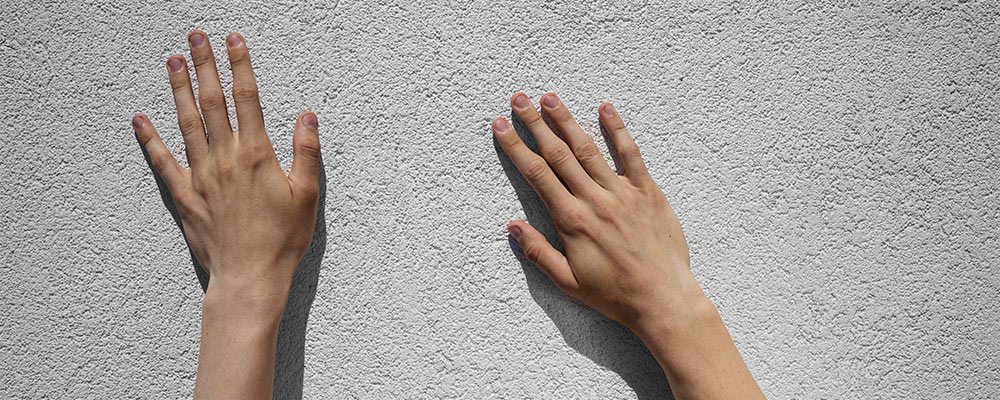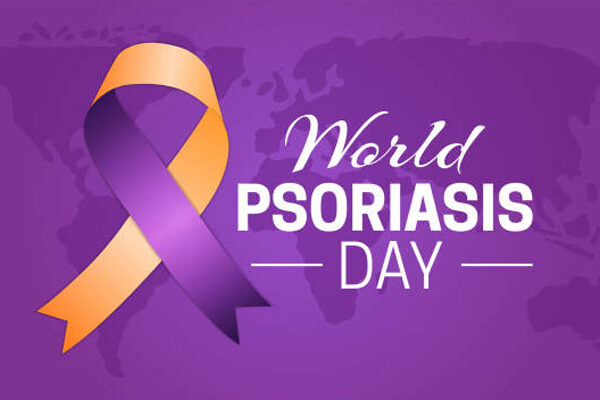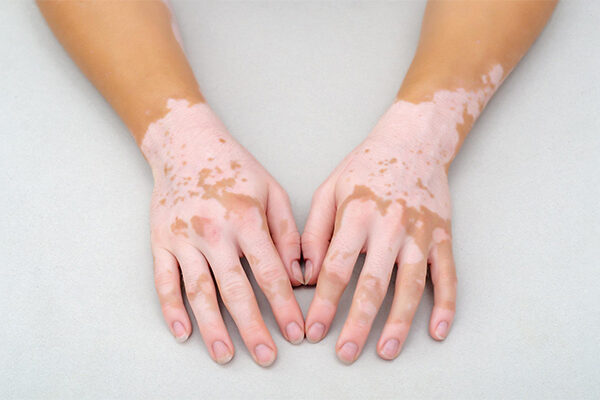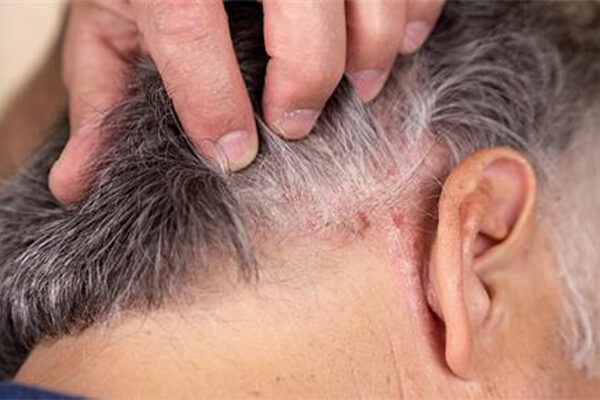Updated on June 16, 2023
What Is The Difference Between Sclerodactyly And Scleroderma?
Scleroderma, also known as systemic sclerosis, is a chronic autoimmune condition that affects the skin, connective tissues, and multiple organs. It is a rare form of arthritis that affects less than half a million people in the United States. The localized form of the disease is characterized by skin symptoms such as dry, itchy patches, thickening and hardening of the skin, producing joint pain, and limited joint movement. Sclerodactyly, on the other hand, is one of the first signs of systemic sclerosis and is characterized by a clawed hand shape with fingers curled inwards. While there is no cure to minimize or stop the overproduction of collagen, treatments mainly focus on relieving itching and pain. However, to add value to medicine, Revival Research Institute conducts multiple dermatological clinical trials investigating novel therapies that may help soothe dry, itchy skin.
This blog will briefly discuss an overview of scleroderma and sclerodactyly, the difference between the two, management options, and much more.
What Are The First Signs Of Sclerodactyly?
Scleroderma, although multi-factorial in origin, is mainly caused by autoimmunity. Other reasons for scleroderma are genetics, pesticides, epoxy resins, and certain solvents. Some of the first signs of the disease include swelling of the digits (hands and toes), followed by skin thickening, tightening, and itchiness, caused by the overproduction of collagen. The skin becomes firm and tight with restricted bending of fingers, resembling a claw. Such symptoms are among the five signs of limited scleroderma or CREST syndrome (calcinosis, Raynaud’s phenomenon, esophageal dysfunction, sclerodactyly, and telangiectasias). As the condition ladders up the severity, the scleroderma of the hand might also affect fingers and toes, eliciting swelling and puffiness. Extreme cold sensitivity in the fingers or toes (indicative of Raynaud’s phenomenon), numbness, and pain are other symptoms that exacerbate in response to stressful conditions.
In the initial phase of scleroderma in the hands, the symptoms appear intermittently lasting for weeks, months, or years. Sclerodactyly often worsens in the morning and is a progressive skin thickening and then hardening condition.
Signs Of Scleroderma
The signs and symptoms of scleroderma widely vary in every individual, depending on the subtype and severity of the disease. In general, the condition primarily affects the skin, blood vessels, and connective tissues and is characterized by patchy scar-like thick skin. The signs and symptoms commonly associated with scleroderma are:
- Skin thickening and color change present as a shiny, hard surface
- Gastrointestinal issues lead to difficulty swallowing, diarrhea, acid reflux, etc.
- Muscle stiffness and joint pain
- Hand swelling and puffiness
- Narrowing of blood vessels
- Calcium deposits beneath the skin, producing bumps on X-ray scans
Diabetes And Sclerodactyly
While there is a lack of evidence to comprehend the intricacies of scleroderma and diabetes, studies suggest that in some people with long-lasting diabetes, skin changes similar to sclerodactyly may occur.
It is believed that chronic high blood sugar levels in diabetes damage the blood vessels and small nerves, leading to changes in the overlying skin. Thus, resulting in thickening, tightening, and changes in skin texture of the fingers and toes, imitating sclerodactyly. According to case reports, physical examination of hands represents thick and tight skin, a “prayer sign” noted in childhood diabetics. It is important to note that skin changes may be a manifestation of diabetes-related complications rather than true scleroderma. Seeking therapy and proper evaluation is essential to distinguish between the two conditions and manage the symptoms.
Pulmonary Hypertension and Scleroderma
Pulmonary hypertension is a potential cardiac complication that occurs in individuals with scleroderma. According to the pathophysiology of pulmonary hypertension, the condition occurs when the small arteries in the lungs narrow and block, causing an increase in pressure in pulmonary arteries.
The exact cause of pulmonary hypertension is not fully understood and results from a combination of factors, including inflammation, endothelial dysfunction, and abnormal cell proliferation in the lung vasculature. The common symptoms indicative of pulmonary hypertension are:
- Shortness of breath
- Fatigue
- Chest pain
- Dizziness
- Swelling in the ankles and legs
Therefore, close monitoring of pulmonary symptoms and diagnostic tests such as echocardiograms can help in early detection and treatment.
Viable Treatment Options
The initial stages before the hands have hardened require prompt treatment to prevent further complications. Treatment options for sclerodactyly include physical and occupational therapy, ultraviolet light therapy, and surgery.
Physical Therapy
Physical therapists can guide patients through hand-stretching exercises to alleviate early symptoms. Similar hand exercises used for arthritis may also be beneficial. Moreover, to alleviate pain, hot wax machines are sometimes utilized to warm the hands. Specialized hand therapists create custom-made casts for daytime and nighttime use. These casts enable patients to perform their regular activities. When hands become rigid, the cast assumes a specific shape, most functional for daily needs.
Ultraviolet Therapy
Ultraviolet (UV) light therapy is another treatment performed for sclerodactyly. The treatment involves exposing the hands to ultraviolet A1 (UVA1) light, a specific portion of the light spectrum found in sunlight. UVA1 light facilitates the breakdown of hardened collagen proteins in the skin tissue. It penetrates the middle layer of the skin, acting on various types of cells. One of its effects is on fibroblasts, the cells responsible for collagen production. UVA1 light can stimulate these cells to generate substances that break down excess collagen and alleviate skin hardening.
Individuals with sunlight intolerance or a history of skin cancers should not undergo UVA1 therapy.
Surgery
Surgery is another option for individuals with sclerodactyly and systemic scleroderma that affects the hand. While it does not cure the condition, surgery may help relieve pain and improve hand functionality by repositioning the fingers and toes.
Outlook
In conclusion, the representation of scleroderma and sclerodactyly varies widely depending on several factors, including the subtype of scleroderma, the extent of organ involvement, and differences in disease progression. Not every individual with systemic sclerosis happens to have sclerodactyly. Studies show a variable relationship between poorly controlled insulin-dependent diabetics and scleroderma. In general, scleroderma is a complex disease, thus, the symptoms range from mild and manageable to severe and life-threatening complications. Early diagnosis and medical intervention is the key to minimizing complications.






